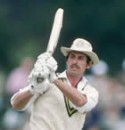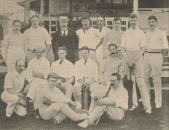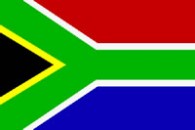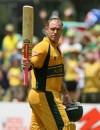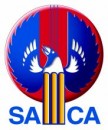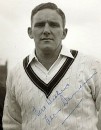In a continuing series of articles, we take a look at the Test players of the 1980s as we close in on the all-time list.
 FEATURES
FEATURES
At the turn of the nineteenth century the American city of Philadelphia produced a side capable of defeating Australia and several English counties, spearheaded by Bart King, one of the finest bowlers of all time. But who were the other cricketers who played alongside him, the other Gentlemen of Philadelphia?
Around many a bar or kitchen table cricket lovers debate who is the best batsman in the world, the greatest all-rounder, the top spinner and so on. Sometimes the discussions turn to fielding, and the name of Colin Bland is regularly brought up. Bland’s reputation as a cover fielder was such that he almost solely remembered in this capacity. The fact that his fielding remains the primary legacy of his test career is perhaps a shame, as Bland was also a very good batsman. Nonetheless, it does underline what a magnificent fielder he was, as a Test average of nearly 49.06 places him near the elite level for international batsmen.
Great left arm bowlers do not come along frequently, and this may be part of the reason why they are so successful. Variety is the spice of life, and likewise, a distinction between the types of bowlers in a team’s attack is vital for success. This is where being left handed can be of great benefit. The natural angle across the right handed batsmen is an obvious advantage, but unless it is combined with swing, it can quickly become predictable and lose its edge. Alan Davidson may have been born left handed, but without an enormous amount of skill to go with it, he would never have developed into one of the finest all-rounders of all time, described by Richie Benaud, as “one of the best cricketers ever to play for Australia”.



